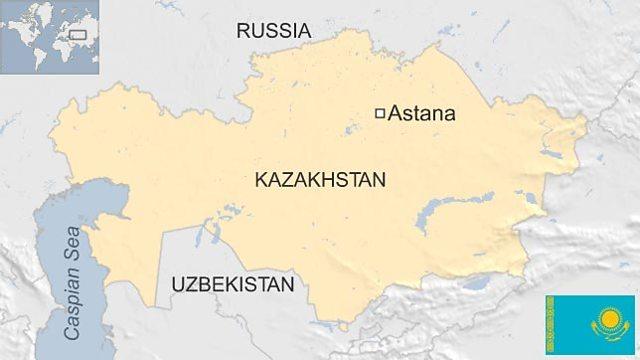Xinjiang profile
- Published
This page is no longer being updated. It was last updated on 25 August 2023

Xinjiang, the largest and most westerly region of China, is bordered by eight countries including the former Soviet Central Asian republics, Mongolia, Afghanistan, Pakistan and India.
It experienced a brief period of independence in the 1940s, but China regained control after the Communists took power in 1949. Its full name is the Xinjiang Uyghur Autonomous Region.
It is home to the Turkic-speaking Muslim Uyghur minority. Rich in natural resources, its economic development has been accompanied by large-scale immigration of Han Chinese.
Besides Uyghurs, Xinjiang is also home to mostly Muslim communities of Kazakhs, Mongols and Hui. There are also smaller communities of other minorities such as Tajiks and Kyrgyz.
China has been accused of systematic human rights abuses against the Muslim minority, where hundreds of thousands of Uyghurs have been detained in camps.
The United Nations has accused China of "serious human rights violations" and possible crimes against humanity in Xinjiang.
China has denied the scale of the detentions but acknowledged that "religious extremist" Uyghurs are undergoing re-education and resettlement.
Read more country profiles, external - Profiles by BBC Monitoring, external
XINJIANG UYGHUR AUTONOMOUS REGION: FACTS
Capital: Urumqi
Area: 1,664,897 sq km
Population: 25.8 million
Languages: Uyghur, Mandarin, plus Kazakh, Kyrgyz, Mongolian, Oirat and others
Life expectancy: 74 years
MEDIA
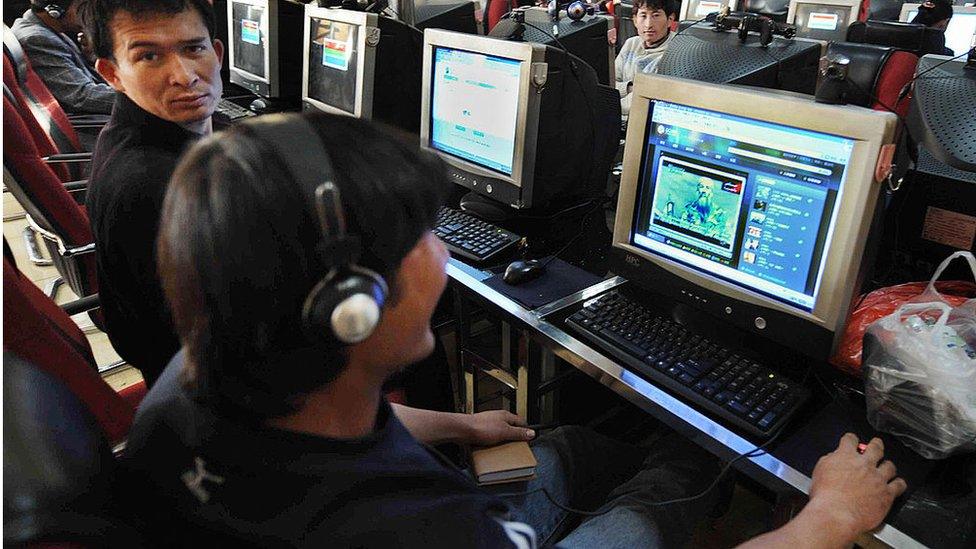
Government censors have crept across the web
Xinjiang's media are tightly controlled by the local Communist Party and government. The Urumqi People's Broadcasting Station, external and the Xinjiang People's Broadcasting Station, external run radio and television broadcasts in Chinese, Uyghur and minority languages.
The most authoritative newspaper in the region is the Chinese Communist Party-run Xinjiang Daily, which is published in Chinese, Uyghur, Mongolian and Kazakh.
In 2017 authorities demanded that residents install an application on their mobile phones that scans the devices and reports back to authorities on what it finds.
TIMELINE
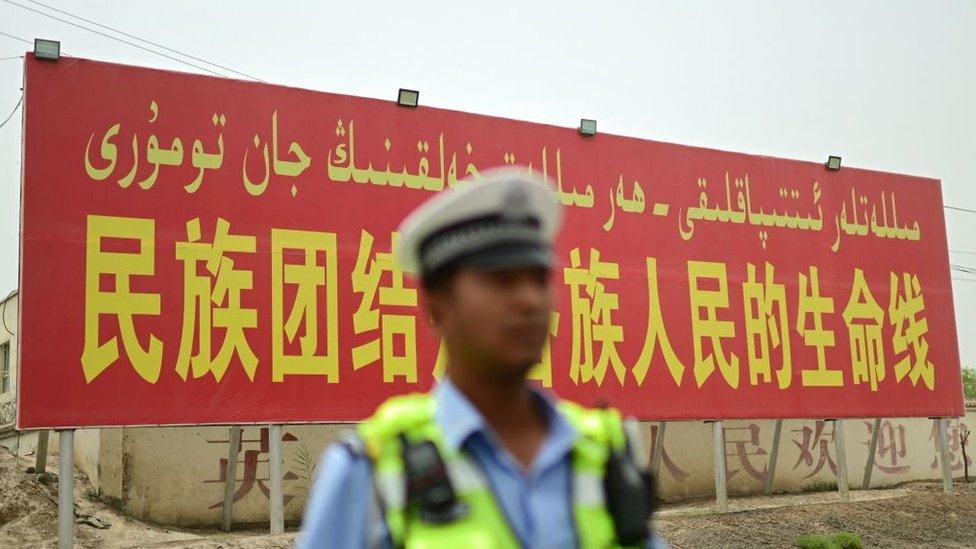
A policeman stands in front of a billboard in Kashgar in 2023 reading 'National unity is the lifeline for people of all ethnic groups'
Key dates in Xinjiang's history:
Xinjiang has had an intermittent history of autonomy and occasional independence, but was finally brought under Chinese control in the 18th Century.
1955 - China establishes the Autonomous Region and begins to encourage Han Chinese to settle there in new industrial towns and farming villages.
1960s - China sets up its nuclear testing facility at Lop Nur in the Tarim Basin, conducting its first test there in 1964.
The economy of this once agricultural region has developed fast since 1949, and oil and petrochemicals now account for about 60% of its GDP. It is also an important trade and pipeline route into Central Asia and beyond.
1990s onwards - Uyghur allegations of discrimination and marginalisation by incoming Han Chinese are behind more visible anti-Han and separatist sentiment that flares into violence on occasion.
2009 - Clashes between Uyghurs and Han Chinese in the region's main city Urumqi, in which 200 people died, prompted Beijing to send in large numbers of troops.
Early-2000s - China says the separatist Eastern Turkestan Islamic Movement is behind separatist attacks. Beijing seeks to deal with the unrest with a mix of repression and efforts to stimulate the region's economy, including through increased investment by state-owned firms.
2013-14 - There is a sudden upsurge in violence, when the authorities accuse separatist "terrorists" of attacks in Kashgar that leave 21 dead. Exiled Uyghur groups accuse China of exaggerating the threat in order to justify repression.
2018 - Rights groups and the US State Department accused China of increasing its crackdown on the region with the aid of surveillance technology and of detaining tens of thousands in re-education camps.
In the same year, a UN human rights panel cites "credible reports" that more than one million people are being held in counter-extremism centres in Xinjiang, raising concerns that China has turned the region into "a massive internment camp shrouded in secrecy".
2022 - A UN report concludes that China's policies in Xinjiang may constitute crimes against humanity.
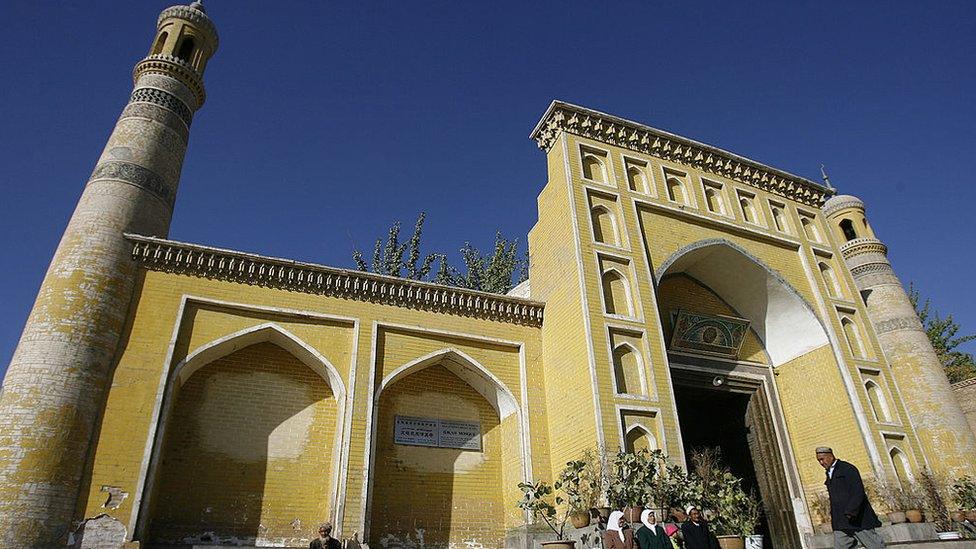
The 15th Century the Idkah mosque in Kashgar: Xinjiang is China's largest administrative region and borders eight countries
Related topics
- Published25 August 2023
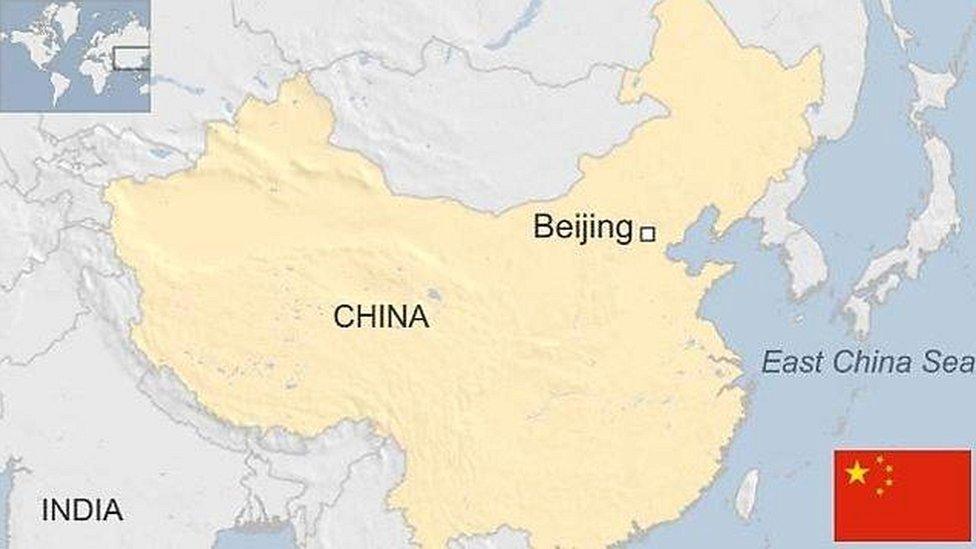
- Published7 January
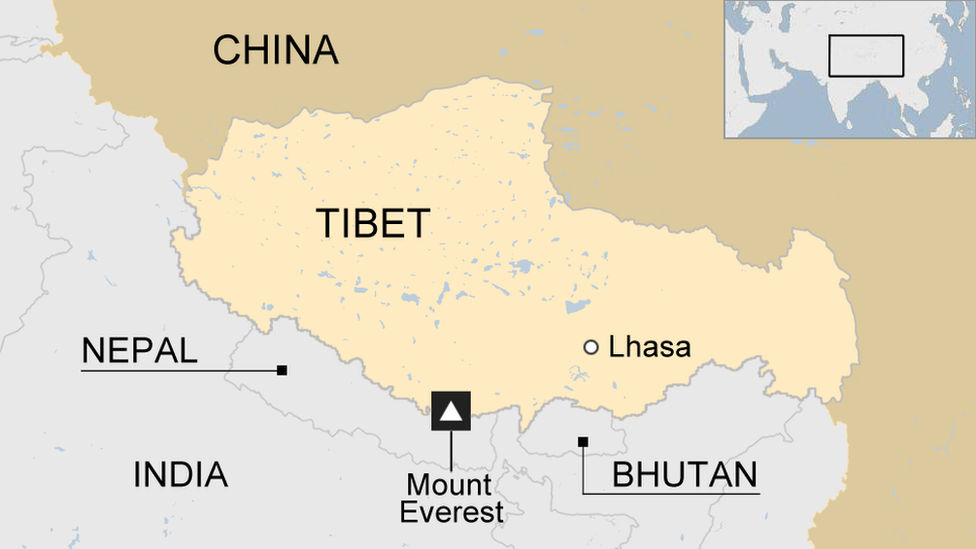
- Published4 September 2023
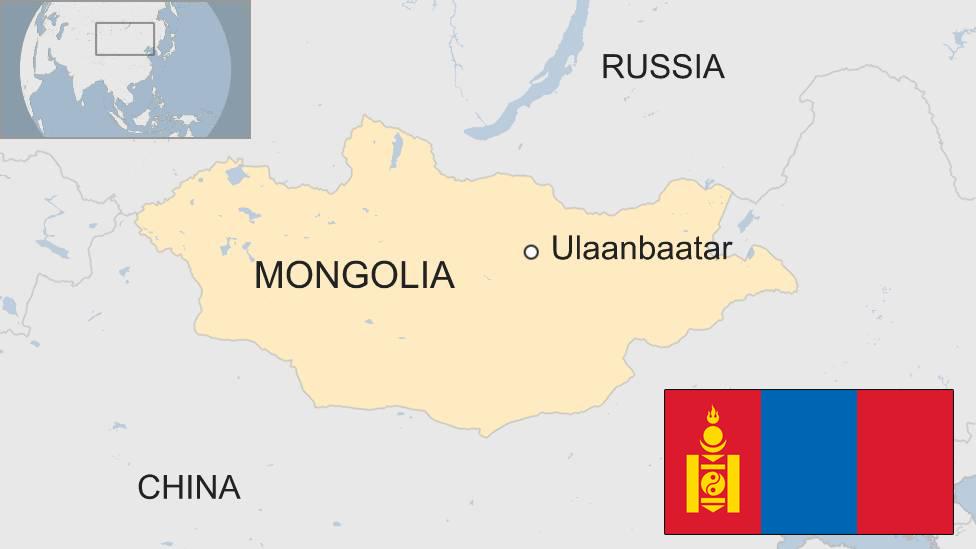
- Published10 March
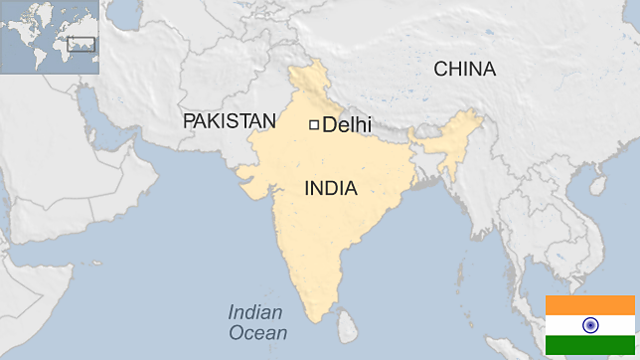
- Published15 March 2024
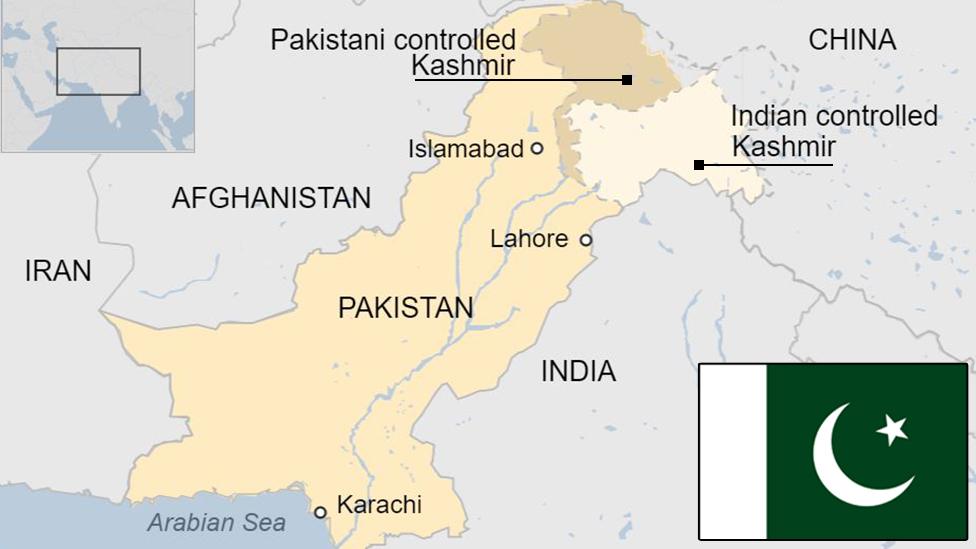
- Published10 March
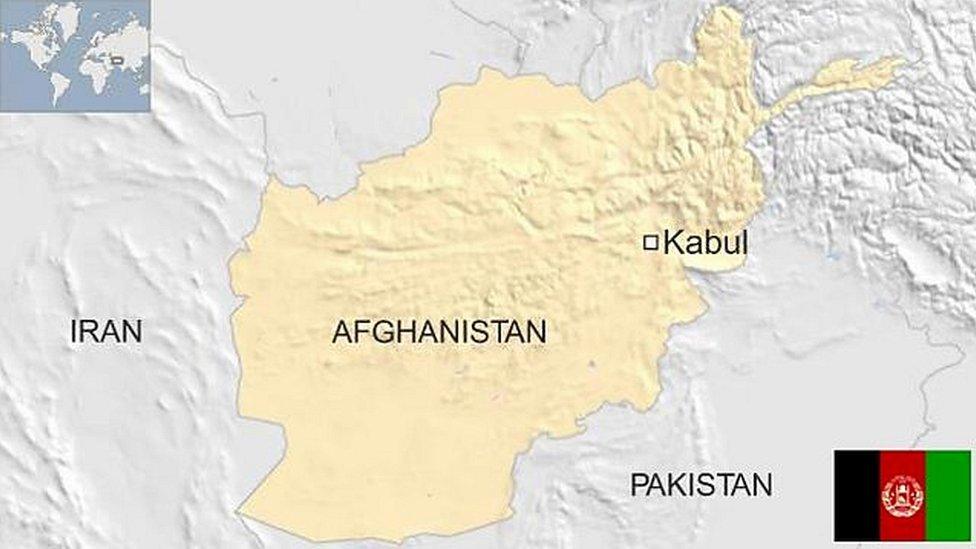
- Published30 October 2024
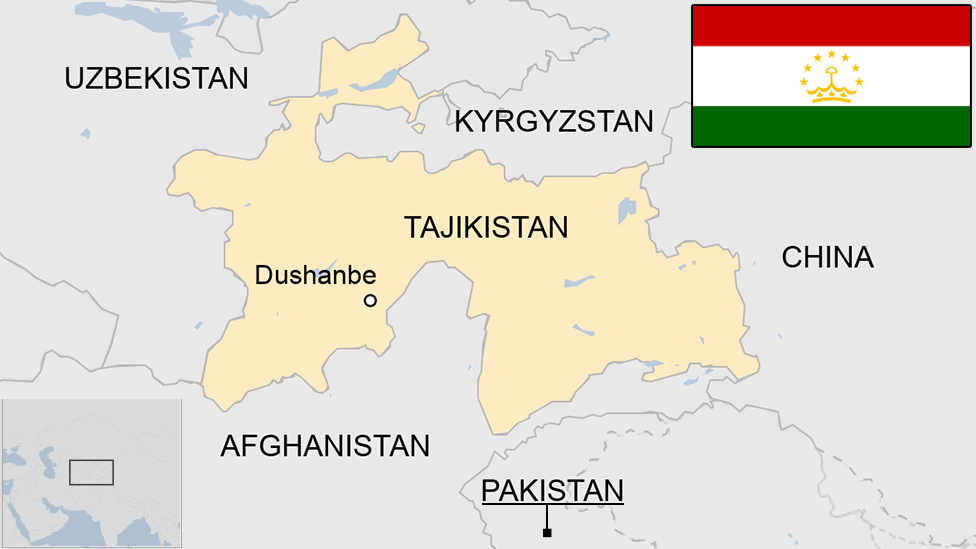
- Published24 March 2023

- Published24 March 2023
